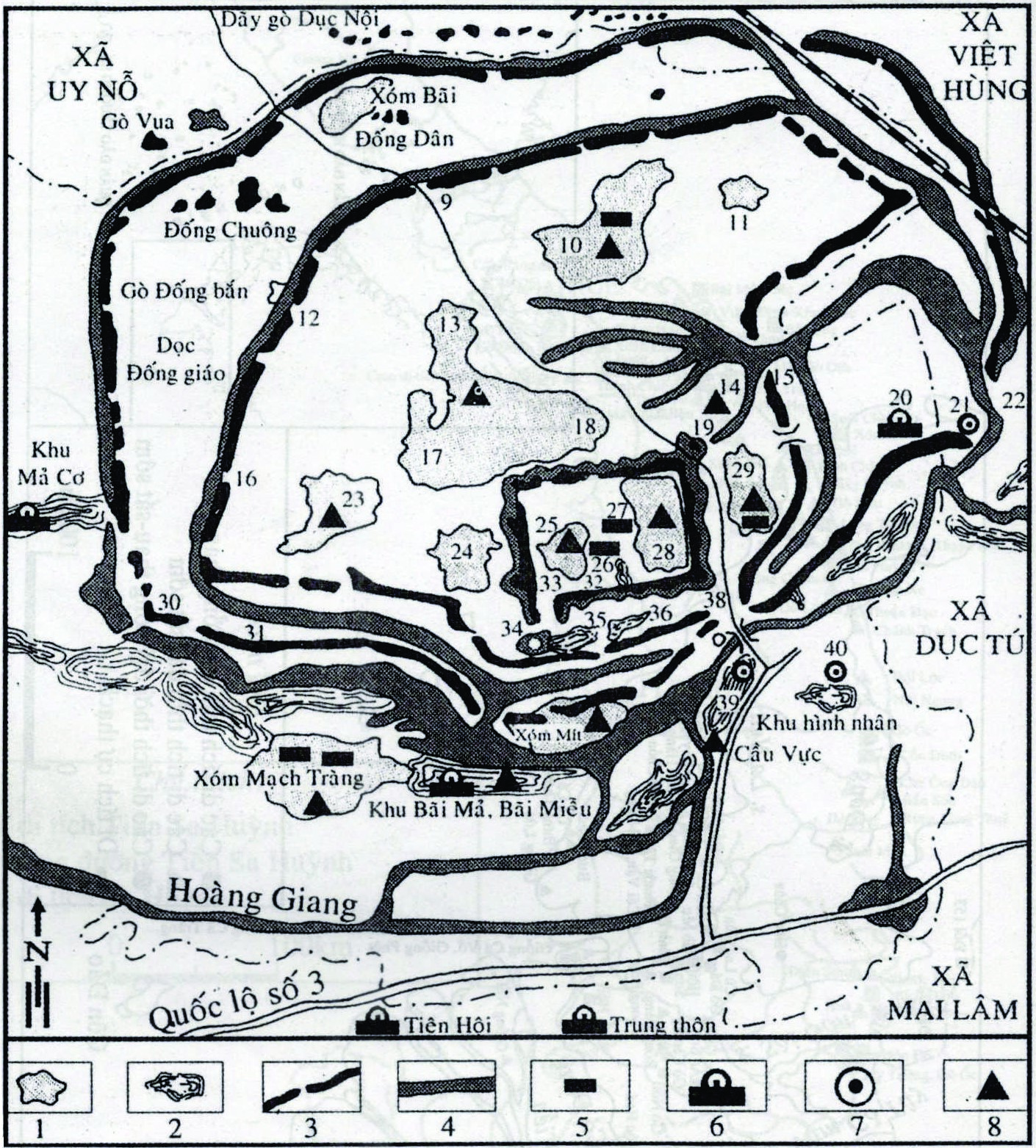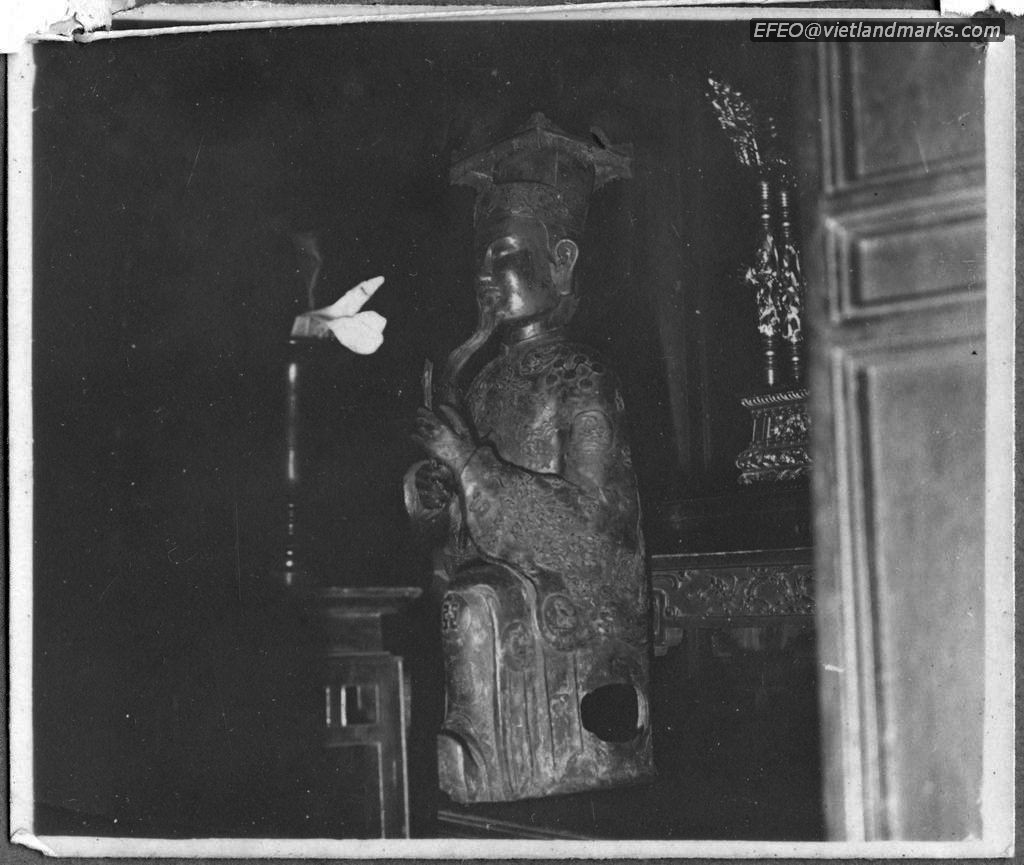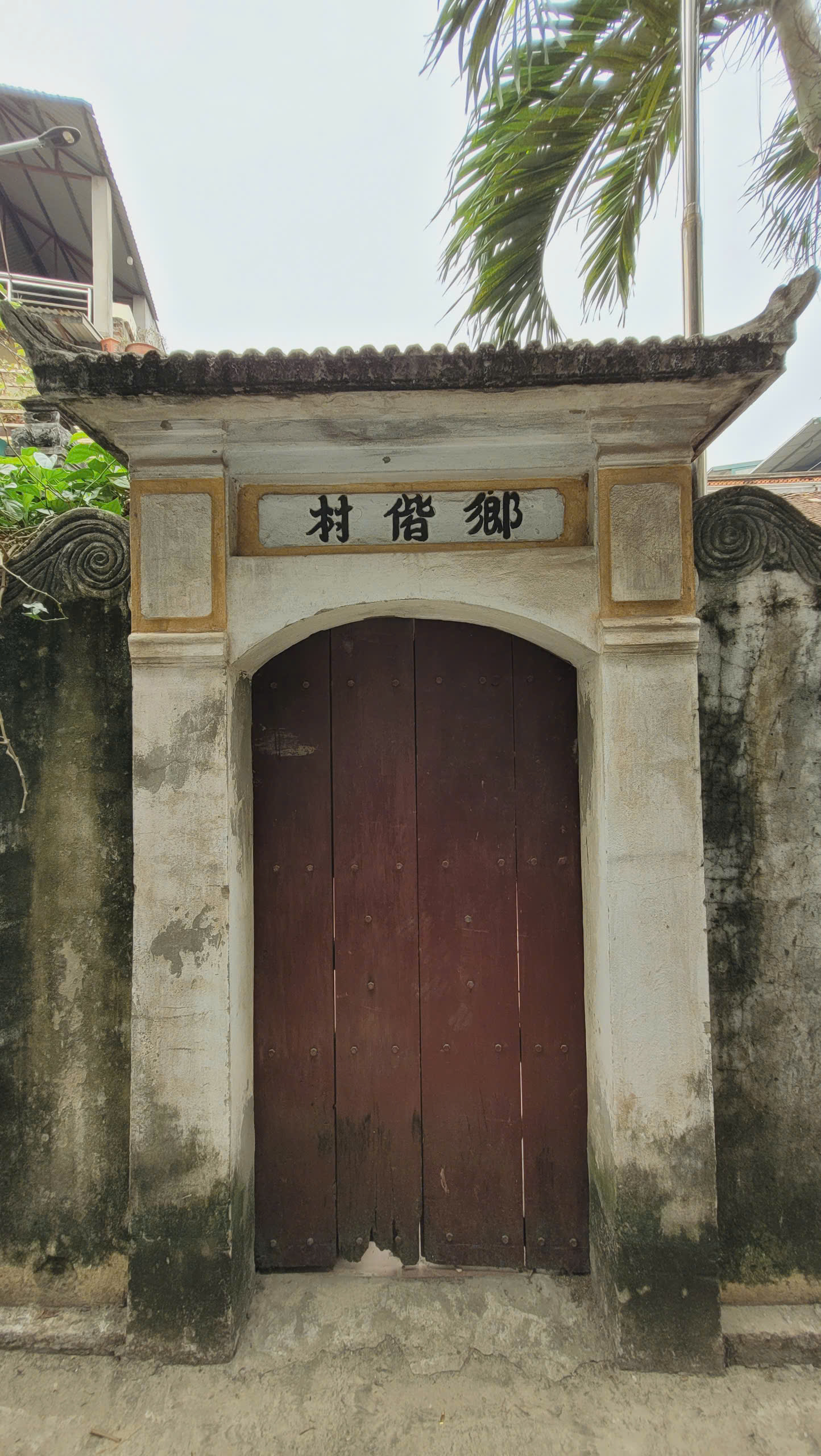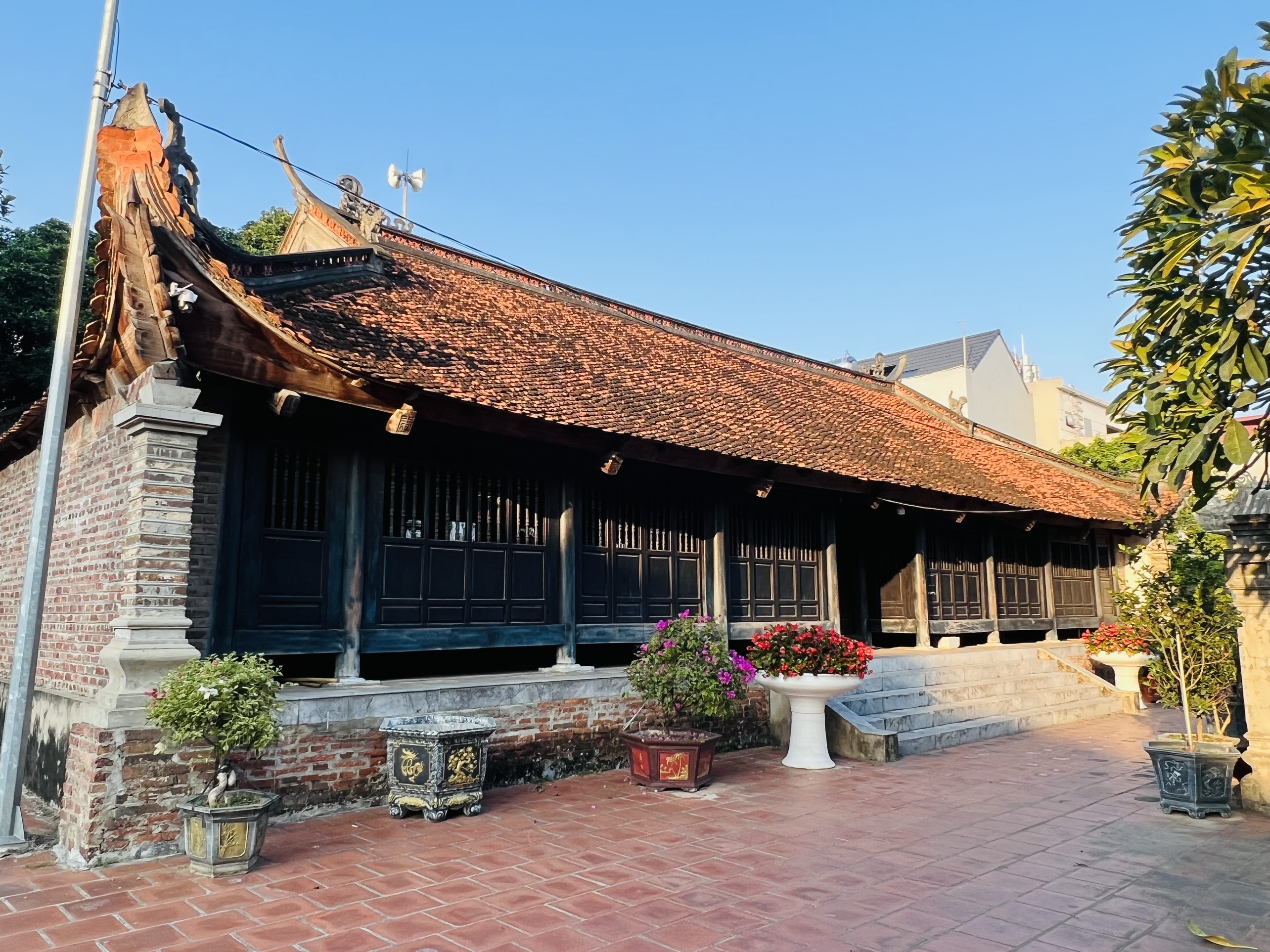
In 1905, German Egyptologist Ludwig Wittmack announced the use of flotation method to recover plant remains from ancient unburnt bricks. This method has been widely applied in archaeological research in many countries around the world and in the region. However, in Vietnam this method has only been implemented in recent years. Dr. Nguyen Thi Mai Huong - Institute of Archeology in collaboration with the Management Department of Co Loa vestige site used this method to recover small artifacts and plant remains from soil samples in archaeological excavations at Cổ Loa site.
The flotation method is one of the most common ways to obtain carbonized plant remains in archaeology, allows for the rapid processing of many soil samples and the recovery of small objects. Further, the standard process uses only inexpensive and readily available materials: a container, small-sized meshes (250 microns is typical), and water.
During the sieving process, soil samples are dissolved in water and filtered through a 250 µm mesh screen. Less dense materials (mainly organic matter) such as tree nuts, charcoal, fruit and other light materials emerge, and small pieces of rock, sand or bone fragments and other relatively heavy materials deposited at the bottom of the barrel are left behind.
The organic materials after flotation were dried in the shade and determined under a stereo microscope with magnification from x20 to x60 or x100 times.
In subsequent studies, the results of identification of plant species from the flotation combined with the results of pollen analysis contribute to reconstructing the flora, providing information on the level of habitat, environment, climate and different functions, social significance of plants at Co Loa special national site.
 Sieving tools
Sieving tools
 Mix the soil sample into the water
Mix the soil sample into the water
 Sieving
Sieving
 Plant remnants after flotation process
Plant remnants after flotation process
MANAGEMENT DEPARTMENT OF CO LOA VESTIGE SITE








